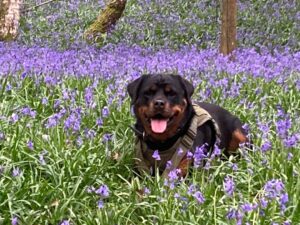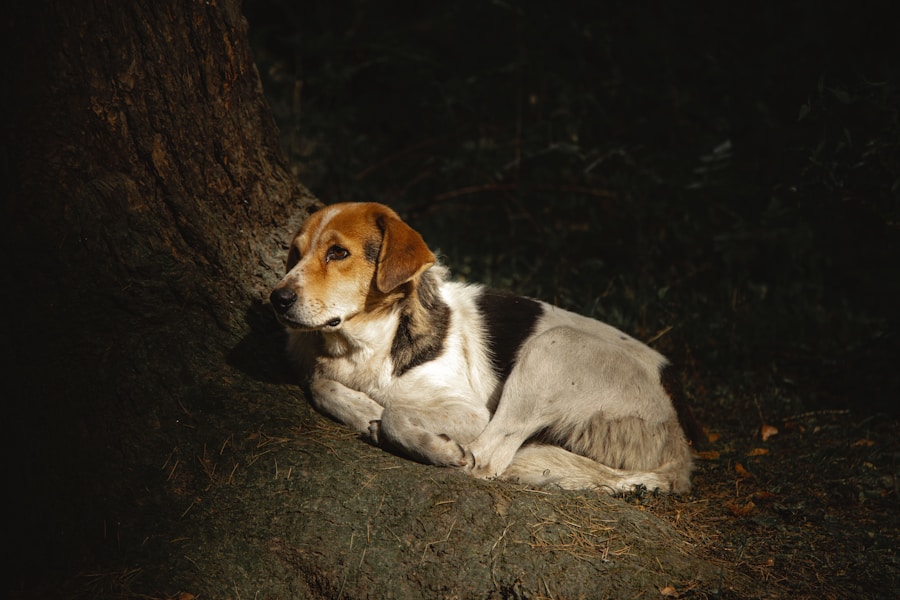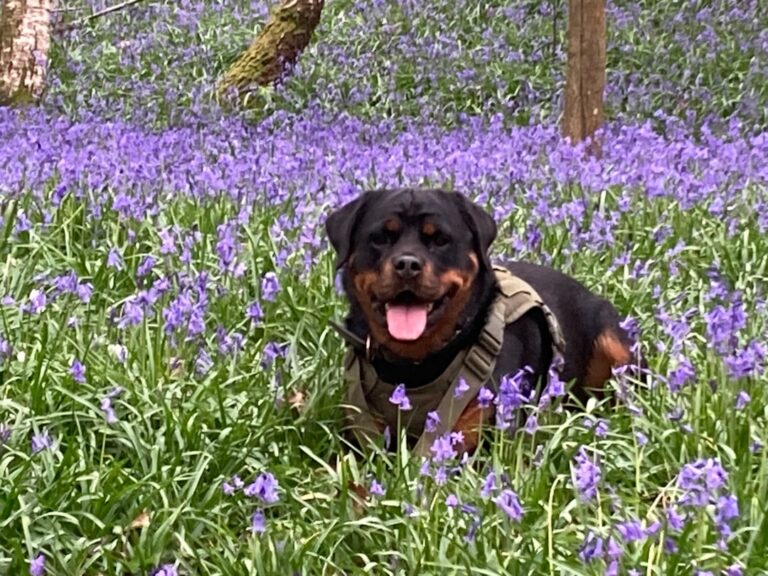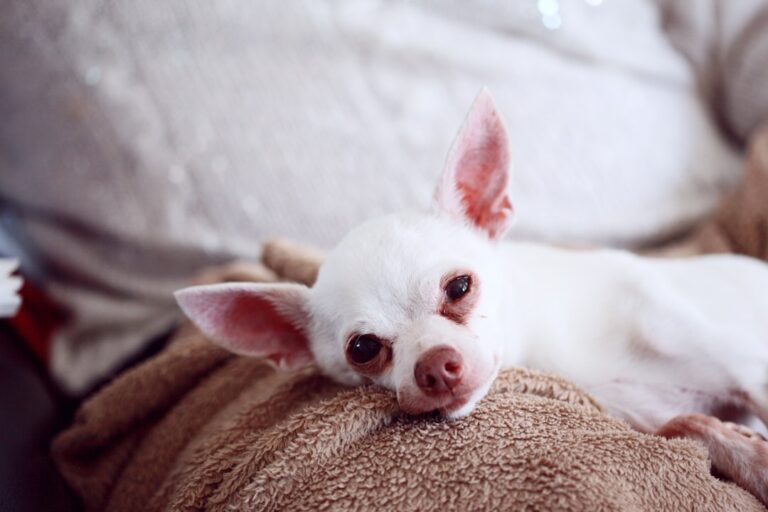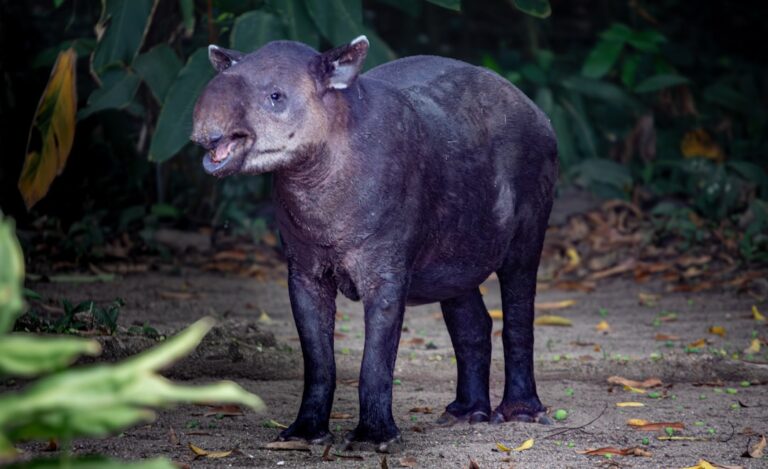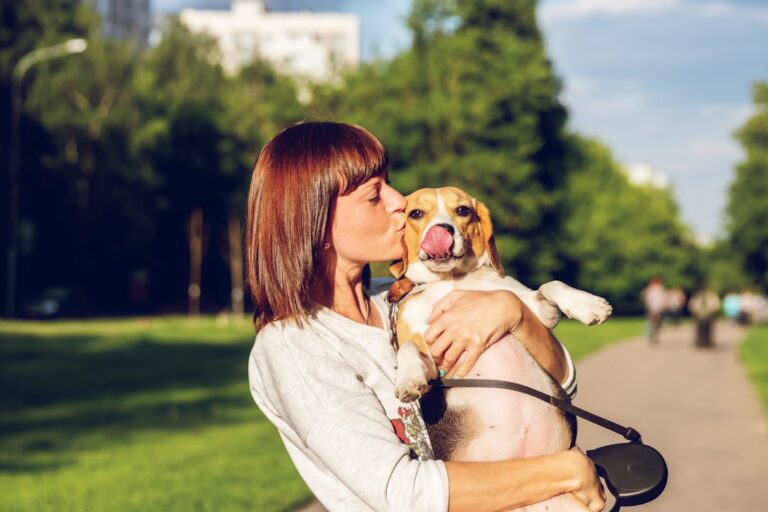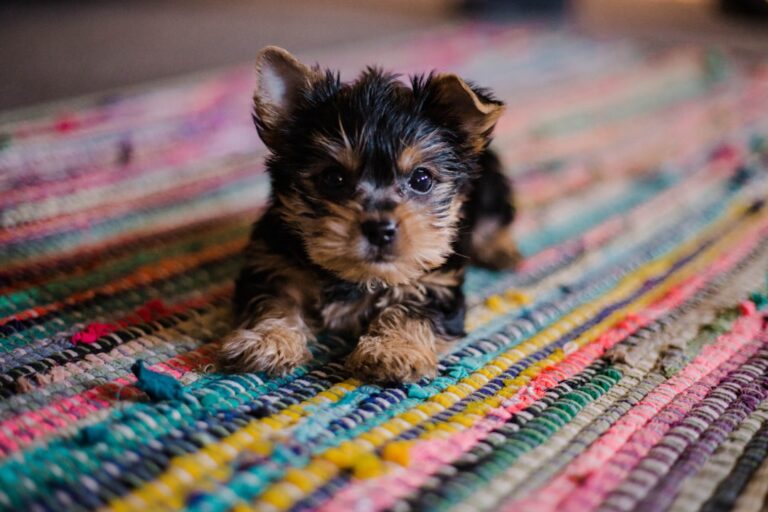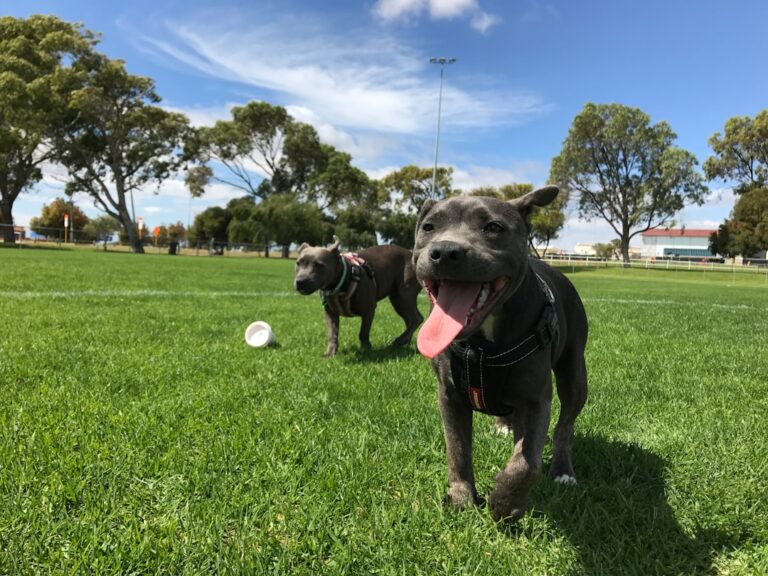The Beagle breed has a rich and storied history that dates back to ancient times. The origins of the Beagle can be traced to the Roman era, where small hound-like dogs were used for hunting small game such as rabbits and hares. These early ancestors of the Beagle were known for their keen sense of smell and excellent tracking abilities.
The name “Beagle” is believed to have derived from the French word “beigh,” which means “open throat,” a reference to the breed’s distinctive vocalizations. Over the centuries, various breeds contributed to the development of the modern Beagle, including the Harrier and other hound breeds. By the 19th century, Beagles had become popular in England, particularly among the aristocracy who enjoyed hunting.
The breed was refined through selective breeding, focusing on traits such as size, temperament, and scenting ability. The American Kennel Club (AKC) recognized the Beagle in 1885, and since then, it has gained immense popularity in the United States and around the world. Today, Beagles are not only cherished for their hunting prowess but also for their companionship, making them one of the most beloved dog breeds globally.
Key Takeaways
- Beagles were originally bred in England for hunting small game, and their name is believed to come from the French word “be’geule,” meaning “open throat,” referring to their distinctive howl.
- Beagles are small to medium-sized dogs with a sturdy build, short coat, and long, droopy ears. They are known for their keen sense of smell and friendly, curious expression.
- Beagles are friendly, affectionate, and good with children, but they can also be stubborn and have a strong prey drive. They thrive on companionship and may exhibit separation anxiety if left alone for long periods.
- Beagles require regular exercise and mental stimulation to prevent boredom and destructive behavior. They respond well to positive reinforcement training and enjoy activities like scent work and agility.
- Beagles are generally healthy dogs, but they are prone to obesity and certain genetic conditions. Regular grooming, including brushing and ear cleaning, can help maintain their coat and prevent ear infections.
Physical Characteristics and Traits of Beagle Breed Dogs
Beagles are medium-sized dogs with a well-proportioned body that exudes strength and agility. They typically stand between 13 to 15 inches tall at the shoulder and weigh anywhere from 20 to 30 pounds, depending on their age and sex. One of the most recognizable features of a Beagle is its long, droopy ears that frame a broad, expressive face.
Their large, soulful eyes convey a sense of curiosity and intelligence, while their short coat is dense and weather-resistant, coming in a variety of colors including tri-color (black, white, and brown), lemon (light tan and white), and red and white. The Beagle’s physical traits are not just for aesthetics; they serve practical purposes as well. Their strong legs and muscular build enable them to navigate through various terrains while hunting.
Additionally, their keen sense of smell is attributed to their large nasal passages, which house approximately 220 million scent receptors—far more than humans possess. This remarkable olfactory ability makes Beagles exceptional scent hounds, often employed in search-and-rescue operations or detection work.
The Temperament and Personality of Beagle Breed Dogs
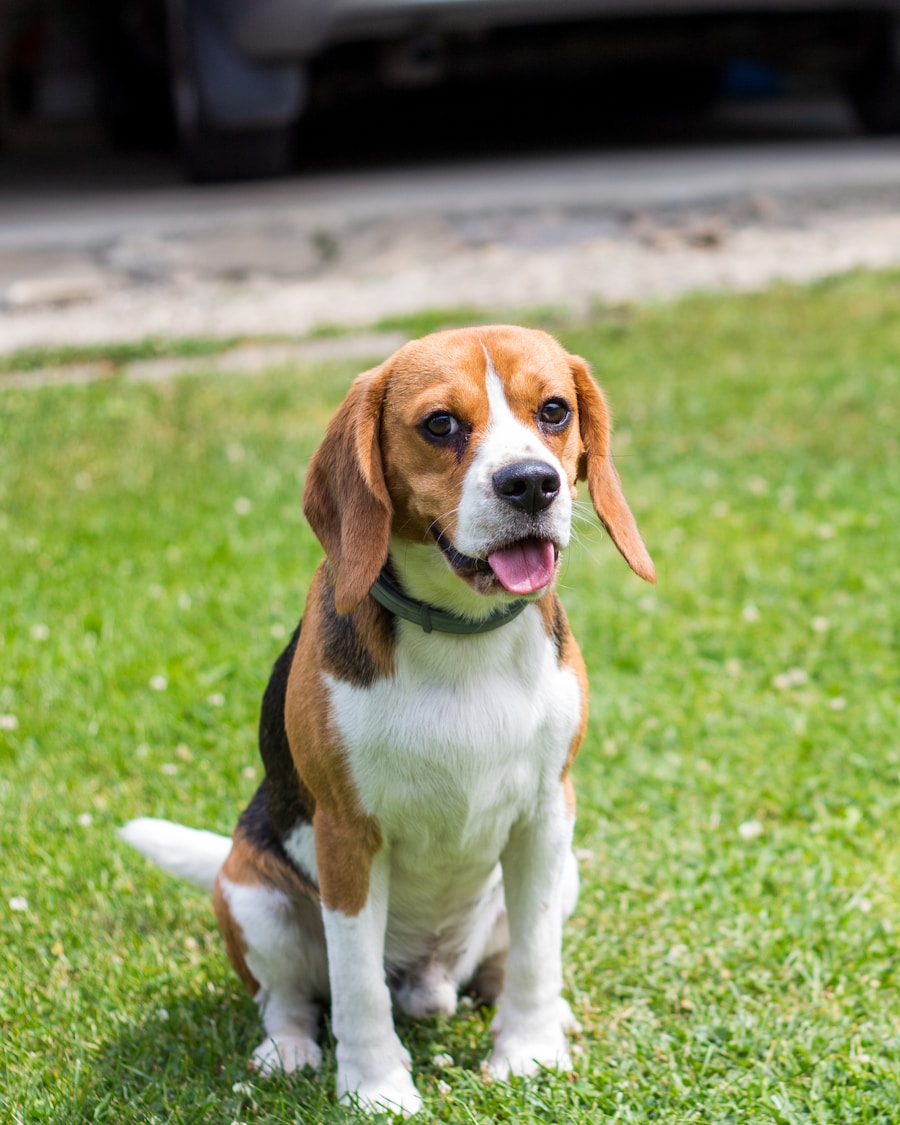
Beagles are renowned for their friendly and sociable nature. They are generally good-natured dogs that thrive on companionship, making them excellent family pets. Their playful demeanor often endears them to children, as they are known to be gentle and tolerant.
Beagles are also known for their curious disposition; they have an innate desire to explore their surroundings, which can sometimes lead them into mischief if not properly supervised. Despite their friendly nature, Beagles can exhibit a stubborn streak. This trait can be attributed to their hunting background; they were bred to follow scents rather than obey commands.
As a result, training a Beagle requires patience and consistency. Positive reinforcement techniques work best with this breed, as they respond well to treats and praise. Their intelligence combined with their independent spirit means that they can sometimes be challenging to train, but with dedication, they can learn a variety of commands and tricks.
Training and Exercise Needs of Beagle Breed Dogs
| Training and Exercise Needs of Beagle Breed Dogs | |
|---|---|
| Exercise Requirements | At least 1 hour of exercise per day |
| Training Level | Moderate to high level of training required |
| Activity Level | High activity level, enjoys running and playing |
| Socialization | Needs early socialization to prevent shyness or aggression |
| Training Techniques | Positive reinforcement, consistency, and patience |
Training a Beagle is an essential aspect of responsible ownership. Due to their high energy levels and inquisitive nature, Beagles require regular exercise to keep them physically fit and mentally stimulated. Daily walks, playtime in a secure yard, or engaging in activities like agility training can help channel their energy positively.
A bored Beagle may resort to destructive behaviors such as chewing furniture or digging in the yard. In addition to physical exercise, mental stimulation is crucial for Beagles. Puzzle toys that dispense treats or scent games that encourage them to use their noses can keep them engaged for hours.
Socialization is also an important part of training; exposing Beagles to different environments, people, and other animals from a young age can help them develop into well-rounded adults. Consistent training sessions that incorporate fun activities will not only strengthen the bond between owner and dog but also ensure that the Beagle remains obedient and well-behaved.
Health and Grooming Tips for Beagle Breed Dogs
Beagles are generally healthy dogs; however, like all breeds, they are prone to certain health issues. Common concerns include hip dysplasia, ear infections due to their floppy ears, and obesity if not properly managed. Regular veterinary check-ups are essential for monitoring their health and catching any potential issues early on.
Vaccinations, parasite control, and dental care should also be part of a comprehensive health plan for your Beagle. Grooming a Beagle is relatively straightforward due to their short coat. They shed moderately throughout the year, so regular brushing—at least once a week—can help manage loose hair and keep their coat healthy.
Bathing should be done as needed; however, over-bathing can strip their coat of natural oils. Special attention should be given to their ears; cleaning them regularly with a vet-recommended solution can help prevent infections. Additionally, maintaining dental hygiene through regular brushing or dental chews is vital for preventing periodontal disease.
Beagle Breed Dogs as Family Pets
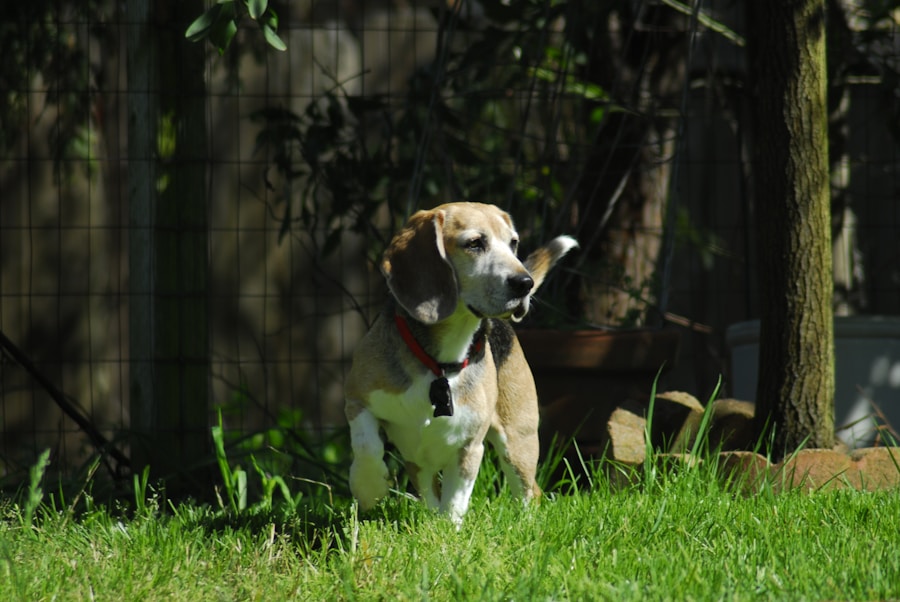
Beagles make excellent family pets due to their affectionate nature and adaptability. They thrive in homes where they receive plenty of attention and interaction from family members. Their playful demeanor often brings joy to households with children, as they enjoy games like fetch or tug-of-war.
Moreover, Beagles are known for their loyalty; they form strong bonds with their families and often seek out companionship. However, potential owners should consider that Beagles have a strong prey drive due to their hunting background. This instinct may lead them to chase smaller animals if not properly trained or supervised.
Additionally, because they are pack animals by nature, leaving a Beagle alone for extended periods can lead to separation anxiety or destructive behavior. Therefore, families considering adopting a Beagle should ensure they can provide ample time for companionship and exercise.
Famous Beagle Breed Dogs in Pop Culture
Beagles have made significant appearances in pop culture over the years, further solidifying their status as beloved companions. One of the most iconic Beagles is Snoopy from Charles M. Schulz’s “Peanuts” comic strip. Snoopy’s whimsical personality and imaginative adventures have captured the hearts of millions since his debut in 1950. His portrayal as Charlie Brown’s loyal pet has made him an enduring symbol of friendship and loyalty. Another famous Beagle is Odie from Jim Davis’s “Garfield” comic strip. Odie’s goofy antics often provide comic relief alongside Garfield’s sarcastic humor. Additionally, the animated film “The Secret Life of Pets” features a character named Duke who is a lovable Beagle navigating life in New York City alongside other pets. These portrayals highlight not only the breed’s charm but also its ability to resonate with audiences across generations.
Finding and Adopting a Beagle Breed Dog
For those interested in adding a Beagle to their family, there are several avenues to explore when it comes to adoption or purchase. Many reputable breeders specialize in Beagles; prospective owners should seek out those who prioritize health testing and responsible breeding practices. It’s essential to visit the breeder’s facility to ensure that the puppies are raised in a healthy environment.
Alternatively, adopting from shelters or rescue organizations is an excellent option for those looking to provide a home for a Beagle in need. Many Beagles end up in shelters due to circumstances beyond their control rather than behavioral issues; thus adopting can be a rewarding experience for both the dog and the owner. Various breed-specific rescues focus on finding homes for Beagles specifically; these organizations often provide valuable resources for new owners regarding training and care.
In conclusion, whether through adoption or purchasing from a breeder, bringing a Beagle into your home can lead to years of companionship filled with joy and adventure. Their unique blend of intelligence, playfulness, and loyalty makes them one of the most cherished dog breeds worldwide.



